Low-carb foods that are favorites for keto diet followers in America.. The most important of which is seafood
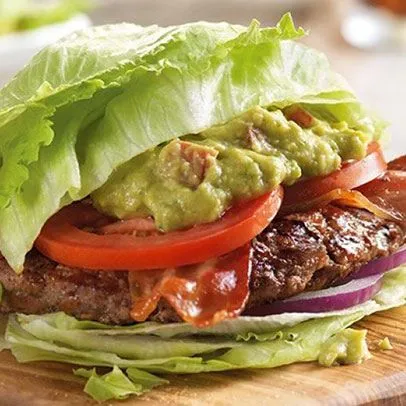
Low-carb foods The ketogenic, or keto diet, has moved from niche trend to mainstream eating pattern in the United States Characterized by very low carbohydrate intake and high fat consumption, the ketogenic diet typically limits carbs to 20 to 50 grams per day, a threshold many keto diet followers in America use to trigger and maintain nutritional ketosis People track either total carbs or net carbs total carbohydrates minus fiber to stay within that range Below, we present 20 keto-friendly foods, grouped and explained with practical tips for Americans building a Low-carb foods pantry and plate.
Why these low-carb foods matter for keto followers
For those following the keto diet,Best Diet for Arthritis: Foods That Reduce Inflammation and Pain food selection is less about calories and more about carbohydrate density and macronutrient balance. Animal proteins, high-fat dairy, plant-based fats, and low-carb vegetables form the backbone of a sustainable keto menu. This list highlights keto foods that are widely available in American grocery stores and that many keto diet followers in America favor for convenience, nutrition, and versatility.
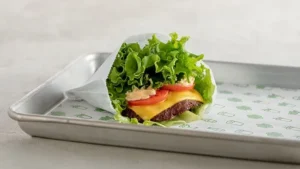
20 Keto-Friendly Staples Americans Reach For
Animal proteins (staples for keto followers)
-
Seafood — Salmon, sardines, mackerel, and other fatty fish are near zero-carb, rich in omega-3s and B vitamins. Shellfish like shrimp and many crabs are also virtually carb-free; oysters and octopus have modest carbs and should be tracked as part of total net carbs.
-
Meat and poultry — Fresh cuts of beef, pork, chicken, and turkey contain essentially no carbs and supply high-quality protein and B vitamins. Grass-fed options provide slightly more omega-3s and conjugated linoleic acid (CLA).
-
Eggs — A quintessential keto staple, whole eggs deliver protein, fat, and micronutrients with less than 1 g of carbs each. Eat the yolk: that’s where lutein, zeaxanthin, and most nutrients live.
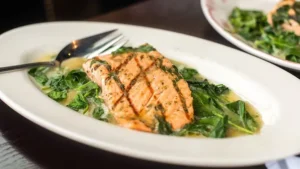
Dairy and dairy alternatives (low-carb, high-fat choices)
-
Cheese — Most cheeses are low in carbs and rich in fat and calcium. Cheddar, mozzarella, blue cheese, brie, and Parmesan are frequently listed among keto cheese picks.
-
Plain Greek yogurt & cottage cheese — Both contain some carbs but are protein-rich; choose full-fat, plain versions and measure portions to keep net carbs in range.
-
Cream and half-and-half — Useful for coffee and recipes, heavy cream is low in carbs and high in fat; enjoy in moderation.
-
Unsweetened plant-based milk — Almond, soy, and coconut milks (unsweetened) offer low-carb alternatives to dairy milk. Avoid oat milk on strict keto — even unsweetened versions can be too carbohydrate-heavy.
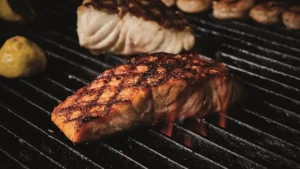
Vegetables (low-carb volumes, nutrient density)
-
Green leafy vegetables — Spinach, kale, collards, arugula, and romaine are very low in carbs and loaded with vitamins and antioxidants — ideal for bulking meals without spiking net carbs.
-
Peppers — From jalapeños to bell peppers, these add flavor, color, and vitamins; count larger quantities of sweet peppers toward daily carbs.
-
Summer squash — Zucchini and yellow squash are versatile: spiralize as zoodles, grate into batters, or grill as a side dish.
-
High-fat veggies (avocado and olives) — Technically fruits, both are celebrated on keto for healthy fats, fiber, and low net carb impact.
-
Other non-starchy vegetables — Asparagus, broccoli, cauliflower, mushrooms, cucumber, eggplant, and Brussels sprouts make frequent appearances on keto-friendly vegetable lists because they substitute well for starches (cauliflower rice, mashed cauliflower).
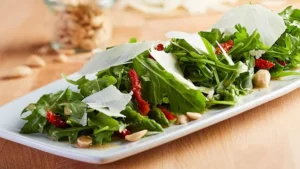
Plant-based foods and snacks
-
Nuts and seeds — Almonds, macadamias, pecans, walnuts, chia, and flax are high in fat and fiber; carb counts vary so portion control matters.
-
Berries — Raspberries and strawberries are the most keto-friendly berries thanks to higher fiber and lower sugar; blueberries and blackberries can fit in more moderate approaches.
-
Shirataki noodles — Made from glucomannan fiber, these carry less than 1 g net carbs and can replace pasta in many recipes for keto followers craving texture.
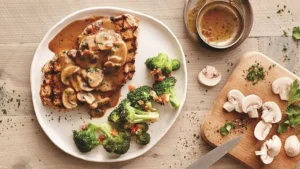
Sweets, fats, and oils
-
Dark chocolate and cocoa powder — Choose chocolate with 70% cacao or higher and enjoy small portions; cocoa powder can flavor keto desserts with minimal carbs.
-
Olive oil — A monounsaturated fat powerhouse, olive oil is carb-free and excellent for dressings and low-heat finishing.
-
Butter and ghee — Carb-free dairy fats commonly used for cooking and flavor. Ghee is clarified butter with milk solids removed, often tolerated by those reducing lactose.

Beverages (carb-free hydration and caffeine)
-
Unsweetened coffee and tea — Both are carb-free beverages favored on keto; add cream or half-and-half in measured amounts if desired.
-
Unsweetened sparkling water — A soda alternative with zero calories and zero carbs; verify flavored varieties for hidden fruit juices.
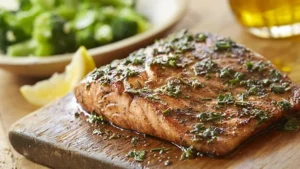
Practical tips for counting carbs and keeping variety
-
Track net carbs (total carbs minus fiber) if you prefer that approach it’s how many digestible carbs affect blood glucose.
-
Rotate the list: combine animal proteins, keto-friendly vegetables, and healthy fats (olive oil, avocado, butter) to maintain nutrient diversity and avoid monotony.
-
Read labels: plant-based milks, yogurts, and flavored beverages can hide sugars that push you beyond 20–50 grams per day.
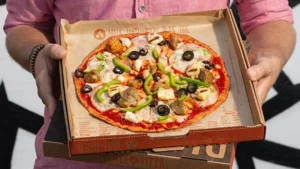
Final note balanced, informed choices
The keto diet can be built from widely available low-carb foods in American supermarkets. These 20 items — from seafood and eggs to shirataki noodles and olive oil — form a practical, keto-friendly core that supports weight, blood sugar, and metabolic goals for many practitioners. That said, individual responses vary: consult a healthcare professional before starting or changing a ketogenic eating plan, especially if you have medical conditions or are taking medication.




